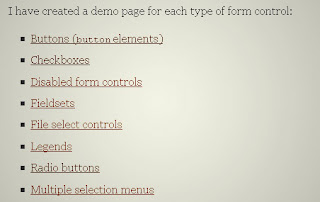When we have questions about how to make make use of of C# 4.0 or the .NET CLR, this rarely acclaimed bestseller has precisely the answers we need.
Uniquely orderly around concepts as well as make make use of of cases, this fourth book includes in-depth coverage of brand new C# topics such as together programming, formula contracts, energetic programming, security, as well as COM interoperability.
You'll additionally find updated report upon LINQ, together with examples which work with both LINQ to SQL as well as Entity Framework. This book has all the necessary sum to keep we upon lane with C# 4.0.

Free Download Links :
Uniquely orderly around concepts as well as make make use of of cases, this fourth book includes in-depth coverage of brand new C# topics such as together programming, formula contracts, energetic programming, security, as well as COM interoperability.
You'll additionally find updated report upon LINQ, together with examples which work with both LINQ to SQL as well as Entity Framework. This book has all the necessary sum to keep we upon lane with C# 4.0.

- Get up to speed upon C# denunciation basics, together with syntax, types, as well as variables
- Explore modernized topics such as vulnerable formula as well as preprocessor directives
- Learn C# 4.0 facilities such as energetic binding, sort parameter variance, as well as discretionary as well as declared parameters
- Work with .NET 4’s abounding set of facilities for together programming, formula contracts, as well as the formula confidence model
- Learn .NET topics, together with XML, collections, I/O as well as networking, mental recall management, reflection, attributes, security, as well as local interoperability
Free Download Links :
1. Hotfile Link
http://hotfile.com/...Jan.2010.rar.html
2. Megauload Link
http://www.megaupload.com/?d=2FXF6QEU
3. Rapidshare Link
http://rapidshare.com/.../00KB06_R07.rar























